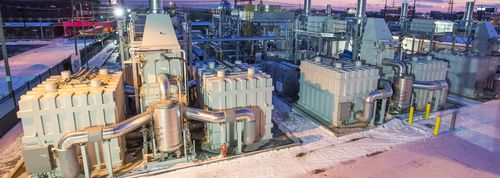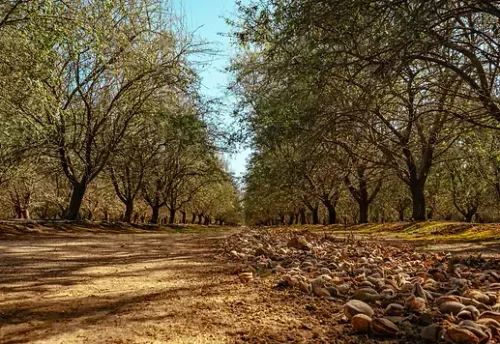Cielo Waste Solutions Corp., a renewable fuel company, has ordered a biomass gasifier for its Carseland, Alberta project, and has submitted an environmental permit application to Alberta Environment and Protected Areas (AEPA) for the project’s construction.
The Carseland Project is Calgary-based Cielo’s first commercial by-product-to-fuels facility designed to convert wood by-products into low carbon intensity renewable Bio-SynDiesel and Sustainable Aviation Fuel Bio-SynJet, which is targeting first commercial production in 2026, according to a news release.
Once complete, the Carseland Project is projected to produce eight million liters per year of Bio-SynDiesel and Bio-SynJet, exemplifying Cielo’s commitment to changing the fuel, not the vehicle, and creating sustainable fuel that does not rely on food competitive inputs.
Cielo has executed a Limited Notice to Proceed with Expander Technologies Inc., an affiliate of Cielo’s strategic partner, Expander Energy Inc., for the design, fabrication and supply of the gasifier for the Carseland Project.
The innovative patented gasifier design produces clean, tar-free synthesis gas (syn-gas) from various biogenic inputs, such as wood by-products, including discarded railway ties. The Gasifier integrates with Cielo’s licensed Enhanced Biomass to Liquids (EBTL™) process, and the high-quality syn-gas is utilized to produce Bio-SynDiesel and Bio-SynJet, with the former featuring an estimated Carbon Intensity (CI) of 32.5gCO2e/MJ. This low carbon-intensive project significantly exceeds Canada’s Clean Fuel regulatory requirement for diesel fuel of 79.0 gCO2e/MJ by 2030 and will meet current specifications for RD100 Renewable Diesel fuel that is compatible with today’s existing diesel engines.
Expander Technologies Inc. plans to fabricate the Gasifier at its Penticton, BC fabrication centre, and expects that the components could be ready to ship to the Carseland Project site as early as mid-2025.
Cielo has submitted a full and comprehensive environmental permit application to Alberta Environment and Protected Areas (AEPA) for approval to construct the Carseland Project under the Environmental Protection and Enhancement Act (EPEA). Cielo is well positioned to leverage its early mover advantage in tandem with the Company’s prime location, existing infrastructure and the team’s proven operational capabilities. Engineering and procurement activities will continue in parallel with the environmental review process so that Cielo is ready to break ground upon receiving regulatory approval, while working towards a final investment decision in Q3 2024.
“We are very pleased to announce these key milestones as Cielo continues the advancement of our Carseland Project with the order of this Gasifier and the submission of the environmental permit application,” said Ryan Jackson, Cielo’s CEO.







